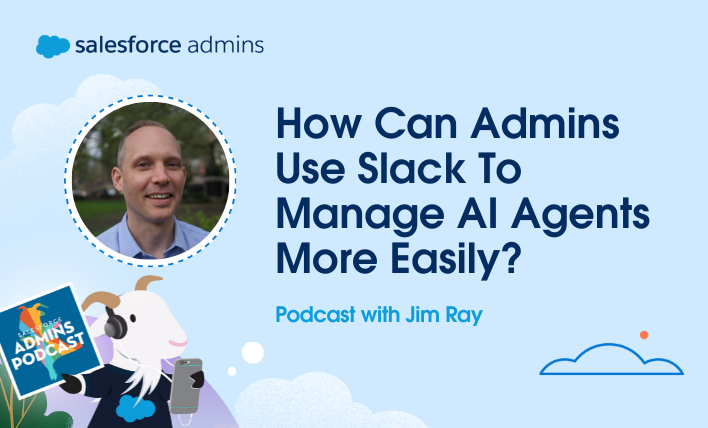Today on the Salesforce Admins Podcast, we talk to Amber Boaz, Slack Community Group Leader, Salesforce MVP, and Principal Salesforce Consultant at Cloud Giants. Join us as we chat about how you can eliminate ineffective meetings using Slack best practices. You should subscribe for the full episode, but here are a few takeaways from our […]






